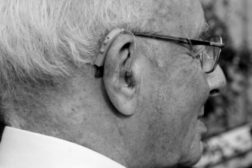Workplace Health
Procedure meant to avoid performing wrong procedures or on wrong sites
Read More
Women urged to take action during American Heart Month
Heart disease is the leading killer of women in the U.S.
February 6, 2013
Never miss the latest news and trends driving the safety industry
eNewsletter | Website | eMagazine
JOIN TODAYCopyright ©2024. All Rights Reserved BNP Media.
Design, CMS, Hosting & Web Development :: ePublishing








